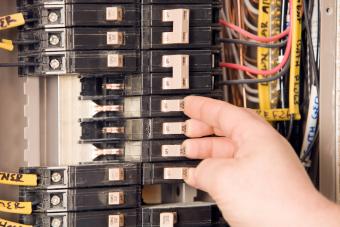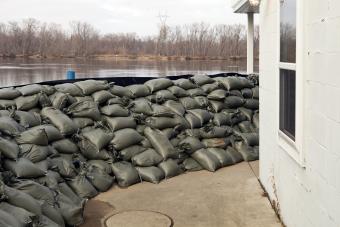
Flood Cleanup Tips to Add to Your Toolbelt

Get Yourself to Safety Before Anything Else

Once It’s Safe, Turn Off Your Electricity/Water/Gas

Document All the Damage & Contact Your Insurance

Remove the Floodwaters & Clean With Soapy Water

Decrease the Chance of Mold & Mildew

Disinfect All Surfaces

Discard Anything That Can't Be Cleaned

Launder Cloth Items

Throw Away Any Food That Has Come in Contact With Flood Water

When Should You Call a Professional?

4 Steps to Minimize Flood Damage

Keep Some Sandbags in Storage

Install Backflow Valves

Don't Keep Anything Worthwhile in the Basement

Get Endangered Outlets or Appliances Moved

When the Flooding Starts, Save What You Can

© 2025 LoveToKnow Media. All rights reserved.







